What is a 'toy breed'? The AKC describes breeds in the toy group
Published in Cats & Dogs News
The American Kennel Club registers more than 200 breeds of dogs and categorizes them into seven groups, based on the function for which most breeds in that group were initially bred to perform: sporting, hound, working, terrier, toy, non-sporting, and herding.
The toy group currently contains 22 breeds, some among the most popular of breeds in the U.S.. Many of these small and toy breed types include spaniels, pinschers, spitz, and terriers that have been bred down in size, either to perform a job in a smaller area or to be companions.
Toy dogs are not to be confused with a dog toy! At one point the category name was almost changed from “toy” to “companion”, given that these small dogs are not playthings, but excellent companions. Toy breeds might be small, but they are not short on personality. Toy group breeds are known to be affectionate to their owner or family, intelligent, and adaptable to a wide range of lifestyles. Many have strong protective instincts. Toy dogs are popular with city dwellers because they make ideal apartment dogs, great companions, alert watch dogs and terrific lap warmers on cold nights.
Get to know some of the toy breeds recognized by the American Kennel Club:
Italian greyhound: A greyhound in miniature, the Italian greyhound is alert, playful and highly affectionate. They are beautiful couch dogs, but in the blink of an eye will dash when their instinct for pursuit kicks in. Standing at 13 to 15 inches at the shoulder, Italian greyhounds combine the attentiveness of lapdogs with the complexity of ancient hounds.
Cavalier King Charles spaniel: The Cavalier King Charles spaniel is named after its deep roots in British history. The breed takes after toy breeds with its intentional and gentle nature, and after spaniels with its verve and athleticism. A breed hallmark is the set of large, round eyes that adds to this pup’s melting expression. The Cavalier King Charles spaniel gets along nicely with children and other dogs.
Yorkshire terrier: Though the appearance of a Yorkshire terrier is well-known, beneath that glossy, floor length coat is a feisty heart of an old-time terrier. Before they were lapdogs for Victorian ladies, they earned their living as ratters in mines and mills. Yorkies have true terrier traits: tenacity, bravery and sometimes bossiness.
Toy fox terrier: The toy fox terrier is a big personality is a satin-coat package. This sturdy little comedian of a breed began as a barnyard ratter but they are now beguiling companions. They might be little, but this charismatic breed is a true mix of a toy and a terrier.
Miniature pinscher: The fearless and fun-loving miniature pinscher is known to its fans as the "King of Toys." Standing no more than 12.5 inches at the shoulder, the miniature pinscher is known for it’s high-stepping gait and compact physique. Though their origin point remains vague, these dogs have been around for centuries.
Russian toy: The Russian toy is a good-natured breed that loves to run and play. The breed has a lineage that dates to the Russian aristocracy and thrives on human companionship. They are active and cheerful and possess a keen intelligence. They come in two coat varieties, semi-long or smooth.
Pomeranian: The Pomeranian has been called the ideal companion and is one of the world’s most popular toy breeds. Pomeranians combine a tiny body with a big-dog demeanor and come in almost two dozen colors (though it is most seen in orange or red). They are lively, easily trained and do well with families and kids old enough to know the difference between a toy dog and a toy.
Havanese: The Havanese is the only dog breed native to Cuba. Popular with American city dwellers, they are cheerful dogs and sociable companions. They have an adaptable and trainable nature with comic instincts. Havanese are also excellent watchdogs!
Pug: The pug has been the mischievous companion of Chinese emperors and the mascot of Holland’s royal House of Orange. They live to love and be loved in return! Their large round head and wrinkled brow gives them a range of human-like expressions. Pugs are happy in the city or country, with kids or old folks, as an only pet or in a pack.
For more information on responsible pet ownership, visit the AKC at www.akc.org.
©2024 American Kennel Club. Visit at akc.org. Distributed by Tribune Content Agency, LLC
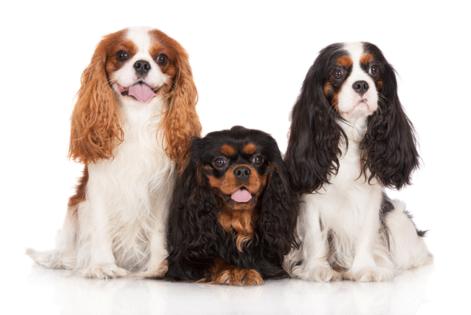




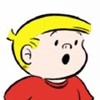
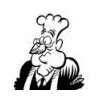
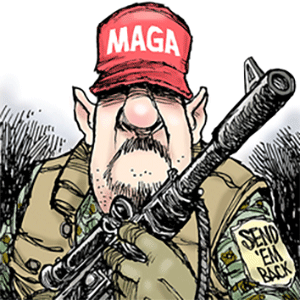
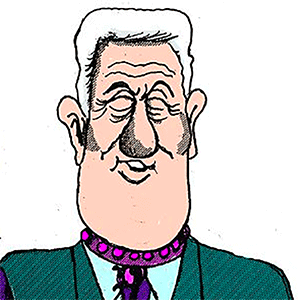
Comments